Home>diy>Architecture & Design>How To Design A WiFi System In A Very Large House
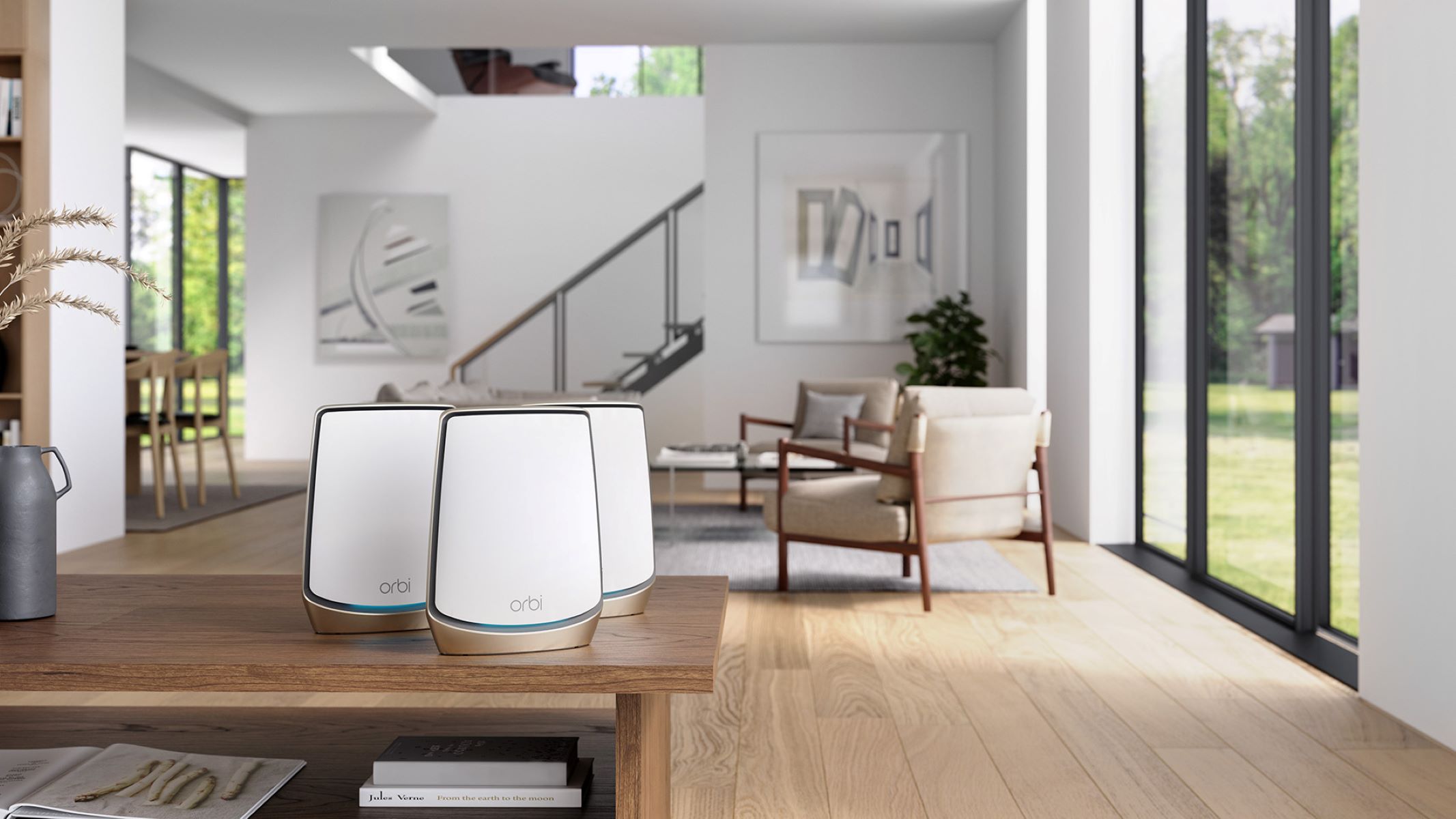

Architecture & Design
How To Design A WiFi System In A Very Large House
Modified: April 22, 2024
Learn the best practices for designing a robust WiFi system in a large house, with expert tips on architecture design for optimal coverage and connectivity.
(Many of the links in this article redirect to a specific reviewed product. Your purchase of these products through affiliate links helps to generate commission for Storables.com, at no extra cost. Learn more)
Introduction
In today’s modern world, having a reliable and high-performing WiFi system is essential, especially in a very large house where multiple devices and users are connected. Whether you have a sprawling mansion or a multi-story residence, designing a WiFi system that can provide seamless coverage throughout the entire house can be a challenge. However, with proper planning and implementation, you can create a WiFi network that meets the demands of your large home.
In this article, we will discuss the key factors to consider and the steps to follow when designing a WiFi system for a very large house. From assessing coverage area and signal strength requirements to selecting the right router and extending WiFi coverage, we will cover all the important aspects of creating a robust and reliable WiFi network.
Before diving into the details of WiFi system design, it is important to understand the unique challenges that come with a very large house. The size and layout of a large home can impact WiFi signal propagation, resulting in dead spots or weak signal areas. Additionally, the number of devices connected to the network and the bandwidth requirements of various activities, such as streaming, gaming, or video conferencing, must be taken into account to ensure a smooth and uninterrupted user experience.
Creating a WiFi system that provides comprehensive coverage and handles the network traffic demands of a large house requires careful planning and the right selection of networking equipment.
Are you ready to optimize your WiFi network for your very large house? Let’s get started!
Key Takeaways:
- Designing a WiFi system for a very large house involves understanding specific needs, selecting the right equipment, and optimizing coverage. By carefully planning and implementing best practices, a robust and reliable WiFi network can be created to meet the demands of a sprawling home.
- Securing and optimizing a WiFi network in a very large house is essential for protecting devices, ensuring reliable performance, and providing a seamless internet experience. By implementing security measures, monitoring performance, and addressing potential issues, a high-performing WiFi network can be maintained for all users in a large home.
Understanding the Needs of a Very Large House
When designing a WiFi system for a very large house, it’s crucial to have a clear understanding of the specific needs and requirements of the residents. This involves considering factors such as the number of users, the types of devices connected, and the activities taking place on the network.
First and foremost, you need to determine how many users will be simultaneously connected to the WiFi network. In a large house, there may be multiple family members, guests, or staff members who require internet access. It’s essential to take this into account to ensure that the WiFi system can handle the expected number of connections without any performance issues.
Next, consider the types of devices that will be connected to the network. In today’s smart home era, there are various Internet of Things (IoT) devices, such as smart TVs, thermostats, security cameras, and voice assistants. Each of these devices requires a stable and reliable WiFi connection to function properly. By understanding the devices that will be connected, you can ensure that the WiFi system is capable of supporting them all.
Furthermore, it’s important to consider the activities that will be performed on the network. For instance, if there are individuals who regularly stream 4K videos or engage in online gaming, the WiFi system needs to have sufficient bandwidth to support these high-bandwidth activities without buffering or lag.
Additionally, take note of the areas within the house where the WiFi signal may be required. Large homes often have multiple floors, basements, or outdoor spaces that need WiFi coverage. Identifying these areas will help in determining the placement of access points or range extenders to ensure comprehensive coverage throughout the property.
By understanding the needs and requirements of a very large house, you can make informed decisions when designing the WiFi system. This will prevent any potential performance issues and ensure a smooth and reliable internet experience for all users in the house.
Assessing the Coverage Area and Signal Strength Requirements
Assessing the coverage area and signal strength requirements is a crucial step in designing a WiFi system for a very large house. By understanding the layout of your home and the signal strength needed in different areas, you can determine the number and placement of access points or range extenders.
Start by creating a floor plan or blueprint of your house. Take note of the size and layout of each room, as well as any walls, obstacles, or potential signal blockages. This will help you identify areas that may require enhanced WiFi coverage.
Once you have the floor plan, determine the ideal signal strength required in different areas of the house. For example, high-traffic areas such as the living room, kitchen, or home office may require strong and consistent WiFi signal to support activities like streaming, online gaming, or video conferencing. On the other hand, areas further away from the router, such as basements or outdoor spaces, may require a weaker but still reliable signal.
While assessing the coverage area, it’s important to consider both the horizontal and vertical reach of the WiFi signal. If you have multiple floors, make sure to account for signal penetration through floors and ceilings. In some cases, additional access points or range extenders may be needed on each floor to ensure seamless coverage throughout the entire house.
Once you have identified the areas that require WiFi coverage, it’s time to measure the existing signal strength. You can use various tools and apps to conduct a WiFi signal strength survey. Walk around the house and record the signal strength at different locations. This will give you an idea of the existing WiFi coverage and help identify any weak or dead zones that need improvement.
Based on the signal strength survey and coverage area assessment, you can now determine the number and placement of access points or range extenders. Access points are wired devices that provide a direct connection to the router and distribute WiFi signals, while range extenders amplify and extend the existing WiFi signal. Place these devices strategically to ensure optimal coverage and minimize signal interference or overlap.
By thoroughly assessing the coverage area and signal strength requirements, you can design a WiFi system that meets the specific needs of your very large house. This will result in reliable and seamless WiFi coverage throughout the entire property, ensuring a smooth and uninterrupted internet experience for all users.
Selecting the Right WiFi Router
When designing a WiFi system for a very large house, choosing the right WiFi router is a critical step. The router serves as the central hub of your network, responsible for transmitting and receiving data between devices and the internet. Here are some key factors to consider when selecting a WiFi router for your large home.
First and foremost, you need to ensure that the router supports the latest WiFi standards, such as 802.11ac or 802.11ax (Wi-Fi 6). These standards offer faster speeds, improved range, and better overall performance compared to older standards. Investing in a router with advanced WiFi technology will ensure that your large house is equipped with a future-proof network.
Next, consider the maximum speed and bandwidth that the router can handle. Look for routers with high-speed ratings, such as AC3000 or AX6000, which indicate the combined speed of all available WiFi bands. This is particularly important in a very large house where multiple devices will be connected simultaneously and high-bandwidth activities will be taking place.
Furthermore, assess the number and type of antenna configuration of the router. Multiple external antennas or beamforming technology can help improve WiFi coverage and signal strength by focusing the signal in specific directions. Additionally, routers with multiple bands, such as dual-band (2.4GHz and 5GHz) or tri-band (2.4GHz and two 5GHz), can provide more capacity and flexibility in handling different types of devices and network traffic.
Another key consideration is the availability of advanced features and customization options. Look for routers that offer features like Quality of Service (QoS) to prioritize bandwidth for specific devices or activities, parental controls for managing content and access, and guest network functionality for creating separate networks for guests. These features can enhance the functionality and security of your WiFi system.
Lastly, evaluate the router’s range or coverage capabilities. Some routers are specifically designed for large homes and offer extended coverage through features like high-gain antennas or mesh networking. Mesh routers, in particular, are suitable for very large houses as they consist of multiple devices that work together to create a seamless WiFi network across the entire property.
When selecting a WiFi router, it’s important to strike a balance between performance, features, and budget. Consider your specific needs and requirements, and read reviews or seek expert advice to ensure that the router you choose is capable of meeting the demands of your very large house.
By selecting the right WiFi router, you can lay a solid foundation for your WiFi system and ensure that your large house is equipped with a fast, reliable, and future-proof network.
Extending WiFi Coverage with Access Points or Range Extenders
In a very large house, a single WiFi router may not be sufficient to provide comprehensive coverage throughout the entire property. To overcome this challenge, you can extend the WiFi coverage by deploying additional access points or range extenders strategically.
An access point is a wired device that connects directly to the router and distributes WiFi signals to a specific area. It acts as a WiFi hotspot, providing a strong and reliable connection within its range. Access points are ideal for large houses with multiple floors or areas that require enhanced coverage, such as basements, outdoor spaces, or remote rooms.
Range extenders, on the other hand, amplify and extend the existing WiFi signal from the router. They receive the WiFi signal, amplify it, and rebroadcast it to increase coverage in areas with weak or no signal. Range extenders are easy to set up and require no additional wiring, making them a convenient solution for extending WiFi coverage throughout a large house.
When deploying access points or range extenders, it’s important to consider their placement. Aim for optimal coverage by placing them strategically in areas where the WiFi signal needs to be strengthened. Avoid placing them too far away from the primary router or in areas with obstructions that could interfere with the signal.
It’s also worth noting that using the same network name (SSID) and password for all access points and the main router creates a seamless and unified network experience for users. This way, devices can easily switch between access points without any interruption.
When choosing between access points and range extenders, consider your specific needs and requirements. Access points generally offer better performance and higher throughput since they are wired to the main router. They are ideal for areas where strong and consistent WiFi signal strength is a priority.
Range extenders, on the other hand, are more suitable for areas where running cables is not practical or feasible. They provide a cost-effective solution for extending WiFi coverage, but keep in mind that they may slightly reduce the overall network speed due to the signal amplification process.
For the best results, you can also consider using a combination of access points and range extenders in your large house. By strategically placing them in different areas, you can ensure optimal coverage and performance throughout the entire property.
Extending WiFi coverage with access points or range extenders is an effective way to create a seamless and reliable network in a very large house. By carefully planning and placing these devices, you can ensure that every corner of your home has access to a strong and stable WiFi connection.
Consider using a mesh WiFi system with multiple access points strategically placed throughout the house to ensure strong and consistent coverage in every area. This will help eliminate dead zones and provide reliable connectivity.
Read more: How To Decorate A Very Small Living Room
Optimizing WiFi Channel and Bandwidth Settings
Optimizing the WiFi channel and bandwidth settings is essential for maximizing the performance and reducing interference in your WiFi network, especially in a very large house with multiple devices. By selecting the right channel and adjusting the bandwidth settings, you can ensure a more stable and efficient WiFi connection.
The WiFi channel refers to a specific frequency range that the router uses to transmit and receive data. WiFi routers are designed to operate on different channels within the 2.4GHz and 5GHz frequency bands. By default, routers are usually set to “Auto” channel selection, which automatically chooses the least congested channel. However, in a very large house with nearby networks or other sources of interference, manually selecting the channel can help avoid overlapping signals and reduce interference.
To optimize the WiFi channel, you can use a WiFi analyzer tool to scan for nearby networks and determine which channels are heavily congested. Once you have identified the least crowded channels, log into your router’s administration interface and manually set the WiFi channel to one of the recommended options. This can improve the overall WiFi performance and reduce signal interference.
Modern routers often support both the 2.4GHz and 5GHz frequency bands. The 2.4GHz band has a longer range but is more susceptible to interference from other devices like microwaves or cordless phones. The 5GHz band, on the other hand, offers faster speeds but with shorter range. Depending on your specific needs and the layout of your very large house, you may need to adjust the bandwidth settings accordingly.
If you have devices that are located far from the router but require a stable connection, consider using the 2.4GHz band. This frequency can penetrate walls and obstacles better, providing better coverage in distant areas. However, keep in mind that the 2.4GHz band is often more congested due to the popularity of older devices, so selecting the right channel is crucial.
For devices that require higher speeds and are closer to the router, the 5GHz band is ideal. It offers faster data rates and is less prone to interference. However, its range is limited compared to the 2.4GHz band, so make sure you have sufficient access points or range extenders to compensate for the shorter signal reach.
Many routers also offer the option to use both bands simultaneously by enabling dual-band or enabling a feature called Smart Connect. This allows the router to automatically assign devices to the appropriate band based on their capabilities and network conditions. Smart Connect can be particularly useful in a very large house where devices are spread across different areas with varying signal strength.
By optimizing the WiFi channel and bandwidth settings, you can minimize interference and maximize the performance of your WiFi network in a very large house. Remember to periodically reevaluate the channel selection, especially if you notice any degradation in WiFi performance or if new nearby networks emerge.
Take the time to experiment with different settings and monitor the network performance to find the optimal configuration that provides the best WiFi experience for all users in your large house.
Implementing Guest WiFi Network
Implementing a guest WiFi network is important in a very large house to provide secure and convenient internet access for visitors without compromising the security of your main network. A guest network allows guests to connect to the internet while keeping them isolated from your private network and any sensitive information or devices.
Setting up a guest WiFi network involves creating a separate network with a different name (SSID) and password specifically for guests. This network should have limited access and be configured to provide internet connectivity without allowing access to shared files, printers, or other devices on your main network.
Most modern routers offer a guest network feature that can be easily enabled through the router’s administration interface. Once enabled, you can customize the network name and set a password for guests to connect. It’s recommended to use a strong password and periodically change it to ensure security.
When configuring the guest network, you have the option to choose whether guests can see each other’s devices or communicate with one another. For added security and privacy, it is recommended to disable this feature, preventing guests from accessing or interacting with each other’s devices.
Additionally, you can set time limits or bandwidth restrictions for the guest network to prevent excessive usage or potential abuse. This ensures that your main network’s performance is not impacted by guests who may require more internet bandwidth.
Implementing a guest WiFi network provides several benefits. Firstly, it helps protect your main network and connected devices from potential threats that may arise from untrusted devices brought in by visitors. It adds a layer of isolation, preventing unauthorized access to sensitive files, documents, or IoT devices.
Secondly, a guest network enhances convenience for your guests. They can easily connect to the internet without having to share your main network password and gain access to personal and confidential information.
Lastly, by separating guest internet traffic from your main network, you can ensure that your network performance and bandwidth are not impacted by heavy guest usage. This allows you to maintain a reliable and fast connection for your own devices and activities.
Implementing a guest WiFi network in your very large house is a simple yet effective step to improve security, protect your network, and enhance the overall WiFi experience for both you and your guests.
Securing the WiFi Network
Securing your WiFi network is of utmost importance, especially in a very large house where multiple devices and users are connected. By taking the necessary security measures, you can protect your network from unauthorized access, maintain the privacy of your data, and ensure a safe browsing experience for all users.
Here are some essential steps to secure your WiFi network:
1. Change the default router login credentials: The first and most crucial step is to change the default username and password of your router’s administration interface. Default login credentials are well-known and easily exploited by attackers. Choose a strong, unique password that combines lowercase and uppercase letters, numbers, and special characters.
2. Use strong WiFi encryption: Make sure your WiFi network is using the latest encryption standards, such as WPA2 or WPA3. These encryption protocols provide a secure and encrypted connection between devices and the router. Avoid using outdated and insecure encryption methods, such as WEP, as they can be easily cracked.
3. Enable network encryption and hide your SSID: Enable network encryption for your WiFi network to prevent unauthorized users from connecting. This ensures that only devices with the correct encryption key can join the network. Additionally, consider hiding your SSID (network name) so that it is not visible to others. This adds an extra layer of protection by making your network less discoverable.
4. Enable a firewall: Activate the built-in firewall on your router to block unauthorized access to your network. A firewall analyzes incoming and outgoing network traffic and applies security rules to protect your devices from malicious activity. Check your router’s settings to ensure that the firewall is enabled and properly configured.
5. Regularly update your router’s firmware: Keep your router’s firmware up to date by regularly checking for updates from the manufacturer. Firmware updates often include performance improvements and security patches that address vulnerabilities. Staying updated helps protect your network against the latest threats.
6. Use strong, unique WiFi passwords: Set strong and unique passwords for your WiFi network. Avoid using common words or predictable combinations. Instead, opt for complex and random passwords that are difficult to guess. Consider using a password manager to securely store your WiFi passwords and easily generate strong ones.
7. Enable MAC address filtering: Implement MAC address filtering on your router to only allow specific devices with predefined MAC addresses to connect to your network. This adds an extra layer of security by limiting access to authorized devices only.
8. Disable remote administration: By default, routers may have remote administration enabled, allowing access to the router’s settings from outside your network. Disable this feature to prevent potential unauthorized access to your router’s configuration.
9. Educate network users: Inform all users of your WiFi network about the importance of security. Advise them to use strong passwords for their individual devices and to avoid connecting to insecure public WiFi networks. Additionally, encourage them to update their devices regularly with the latest security patches.
By following these security measures, you can safeguard your WiFi network in a very large house, protecting your devices, data, and personal information from potential threats or unauthorized access. It’s essential to be proactive in implementing these measures and regularly reviewing and updating your network’s security setup.
Monitoring and Troubleshooting WiFi Performance
Monitoring and troubleshooting the performance of your WiFi network is crucial in a very large house to ensure optimal performance and address any issues that may arise. By regularly monitoring the network and actively troubleshooting problems, you can maintain a reliable and high-performing WiFi connection for all users.
Here are some effective methods for monitoring and troubleshooting WiFi performance:
1. Use network monitoring tools: Utilize network monitoring tools and apps to measure and analyze the performance of your WiFi network. These tools can provide information on signal strength, network latency, and bandwidth usage. By monitoring these metrics, you can identify any bottlenecks or areas of improvement and take appropriate actions.
2. Check for interference: WiFi performance can be affected by various sources of interference, such as neighboring networks, electronic devices, or physical obstacles. Identify potential sources of interference and take steps to minimize their impact. For example, you can change the WiFi channel to avoid overlapping with other networks, relocate electronic devices that may interfere with the signal, or adjust the placement of access points or range extenders to improve coverage.
3. Perform firmware updates: Regularly check for firmware updates for your router and other network devices. Firmware updates often include performance improvements and bug fixes that can enhance the overall WiFi performance. Keeping your devices up to date ensures they have the latest enhancements and security patches.
4. Conduct periodic speed tests: Run speed tests on your network to measure the actual upload and download speeds. Several online speed testing tools are available for this purpose. If you notice significant discrepancies between the expected and actual speeds, it may indicate performance issues that need to be addressed, such as signal degradation, network congestion, or bandwidth limitations.
5. Analyze device connections: Monitor the devices connected to your WiFi network to identify any bandwidth-hogging applications or devices. Some routers have built-in features that allow you to view the devices connected and the data consumption of each device. If certain devices or applications are consuming disproportionate amounts of bandwidth, you may need to prioritize or limit their usage to ensure a fair distribution of network resources.
6. Reboot devices and equipment: Occasionally, network issues can be resolved by simply rebooting the router, access points, or other network equipment. Power off the devices, wait for a few seconds, and then power them back on. This can help resolve temporary glitches or memory leaks that may be affecting the performance of the WiFi network.
7. Seek professional assistance if needed: If you are experiencing persistent WiFi performance issues or if you are unsure how to troubleshoot certain problems, consider seeking professional assistance from a network technician or your internet service provider. They can provide expert guidance and help diagnose and resolve complex issues.
By regularly monitoring and troubleshooting WiFi performance, you can identify and address issues promptly, ensuring a smooth and high-performing WiFi experience for everyone in your very large house. Remember to keep your network equipment up to date, minimize interference, and utilize the available tools and resources to maintain a reliable and optimized WiFi network.
Conclusion
Designing and optimizing a WiFi system for a very large house requires careful planning, consideration of specific needs, and implementation of the right strategies. By understanding the requirements of a large house, assessing coverage areas, selecting the right equipment, and implementing best practices, you can create a robust and reliable WiFi network that provides seamless connectivity throughout the entire property.
Understanding the needs of a very large house involves considering factors such as the number of users, types of devices, and activities performed on the network. By accurately assessing coverage areas and signal strength requirements, you can determine the placement of access points or range extenders to ensure comprehensive coverage throughout the house.
Selecting the right WiFi router is crucial for optimal performance and future-proofing. Ensure that the router supports the latest standards, provides the required speeds and bandwidth, offers advanced features, and has adequate range and coverage capabilities.
To extend the WiFi coverage in a very large house, consider deploying additional access points or range extenders strategically. By placing these devices strategically and configuring them properly, you can ensure optimal coverage and minimize signal interference or dead zones.
Optimizing WiFi channel and bandwidth settings is essential to minimize interference and maximize performance. Manually selecting the least crowded WiFi channel, considering the range and capabilities of different frequency bands, and enabling features like Smart Connect can improve the overall WiFi experience.
Implementing a guest WiFi network adds convenience and improves security by keeping guests isolated from your main network. By creating a separate network with limited access and configuring it appropriately, you can provide guests with secure internet access without compromising your main network.
Securing your WiFi network is paramount to protect your devices, data, and privacy. By changing default router login credentials, using strong encryption, enabling a firewall, and implementing other security measures, you can safeguard your network from unauthorized access and potential threats.
Lastly, monitoring and troubleshooting WiFi performance is essential to ensure a reliable and high-performing network. By utilizing network monitoring tools, checking for interference, performing periodic speed tests, and addressing any issues promptly, you can maintain a smooth and optimized WiFi experience for all users in your very large house.
In conclusion, with proper planning, implementation of best practices, and regular maintenance, you can design a WiFi system that meets the needs of a very large house. By following the guidelines outlined in this article, you can create a secure, reliable, and high-performing WiFi network that enhances connectivity and provides an exceptional internet experience for every corner of your expansive home.
Frequently Asked Questions about How To Design A WiFi System In A Very Large House
Was this page helpful?
At Storables.com, we guarantee accurate and reliable information. Our content, validated by Expert Board Contributors, is crafted following stringent Editorial Policies. We're committed to providing you with well-researched, expert-backed insights for all your informational needs.
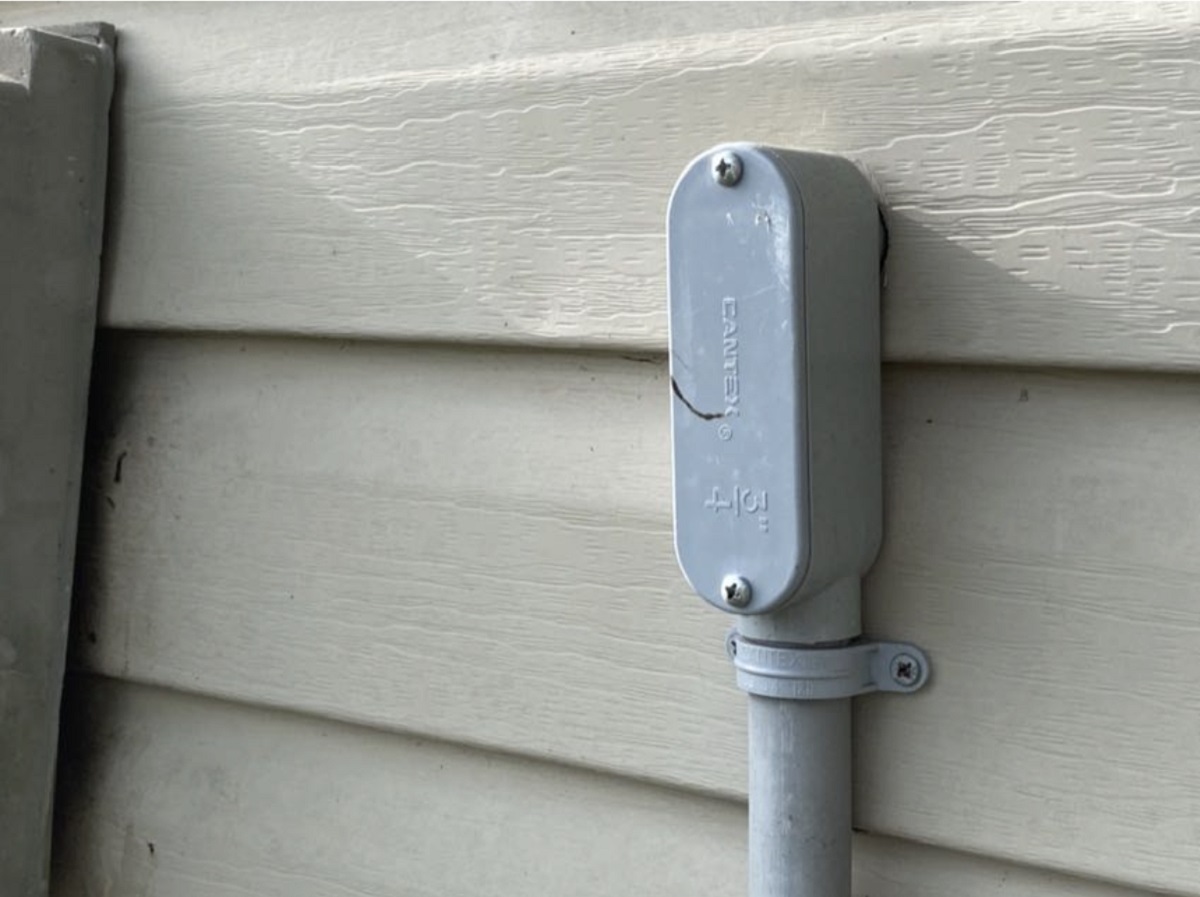

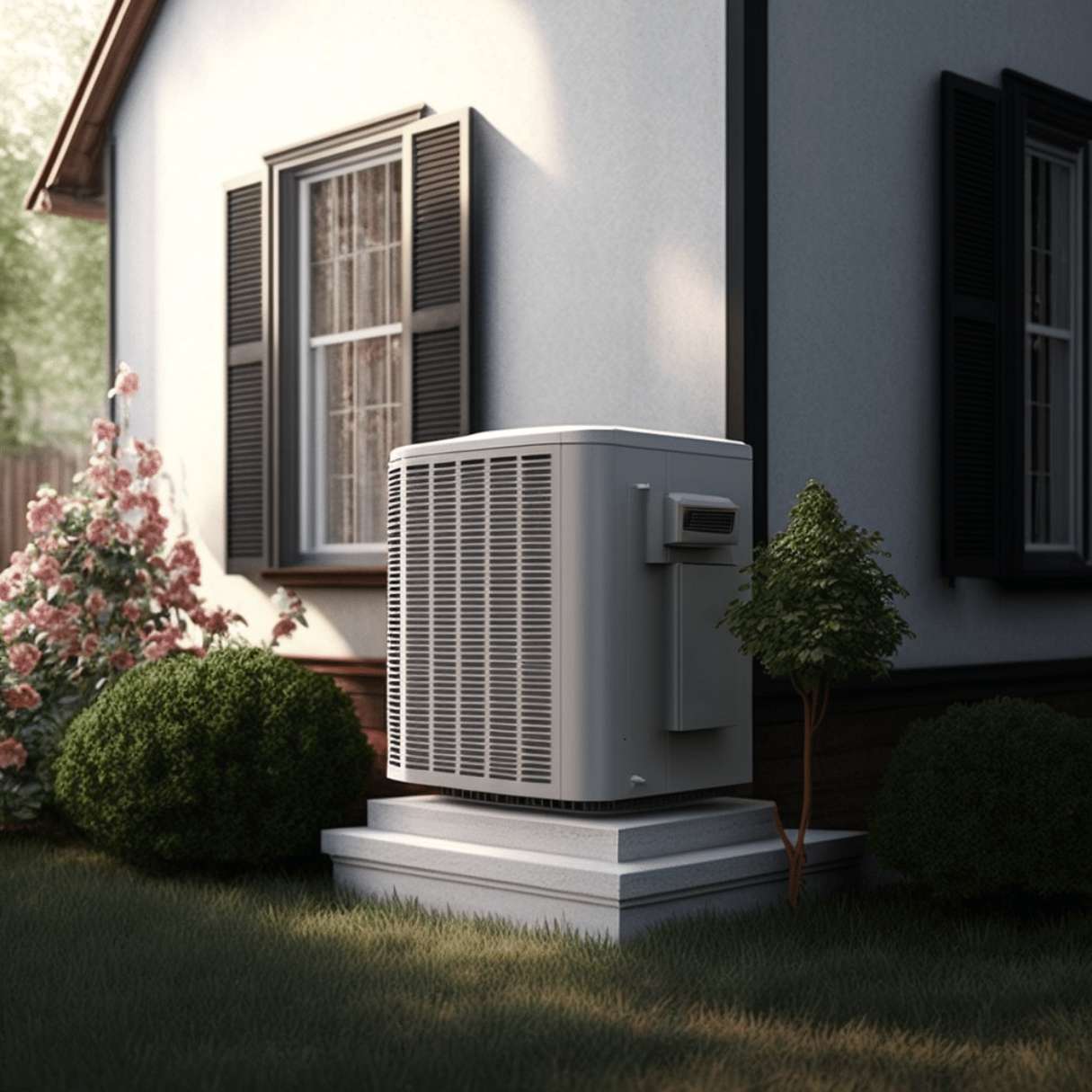

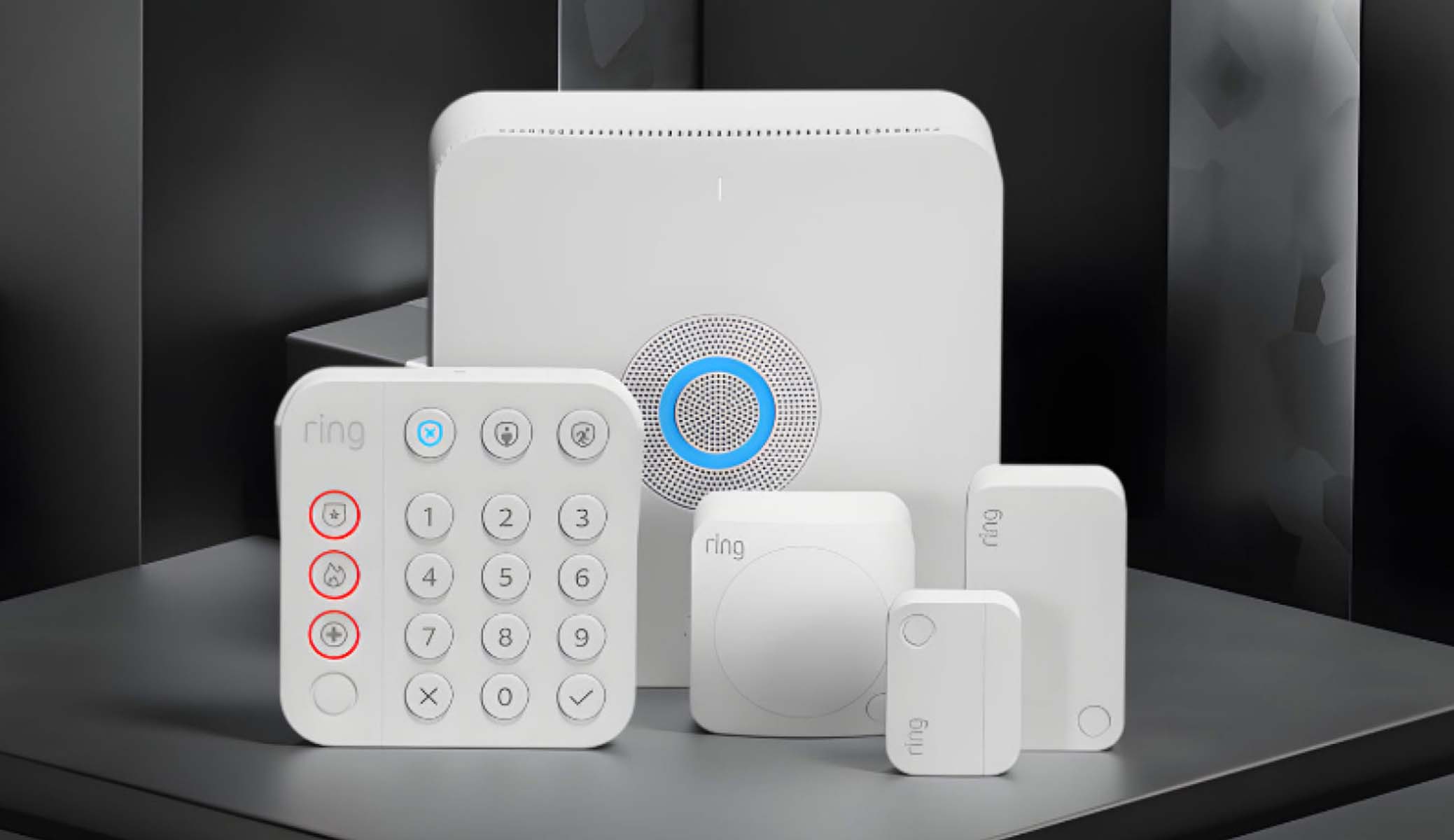


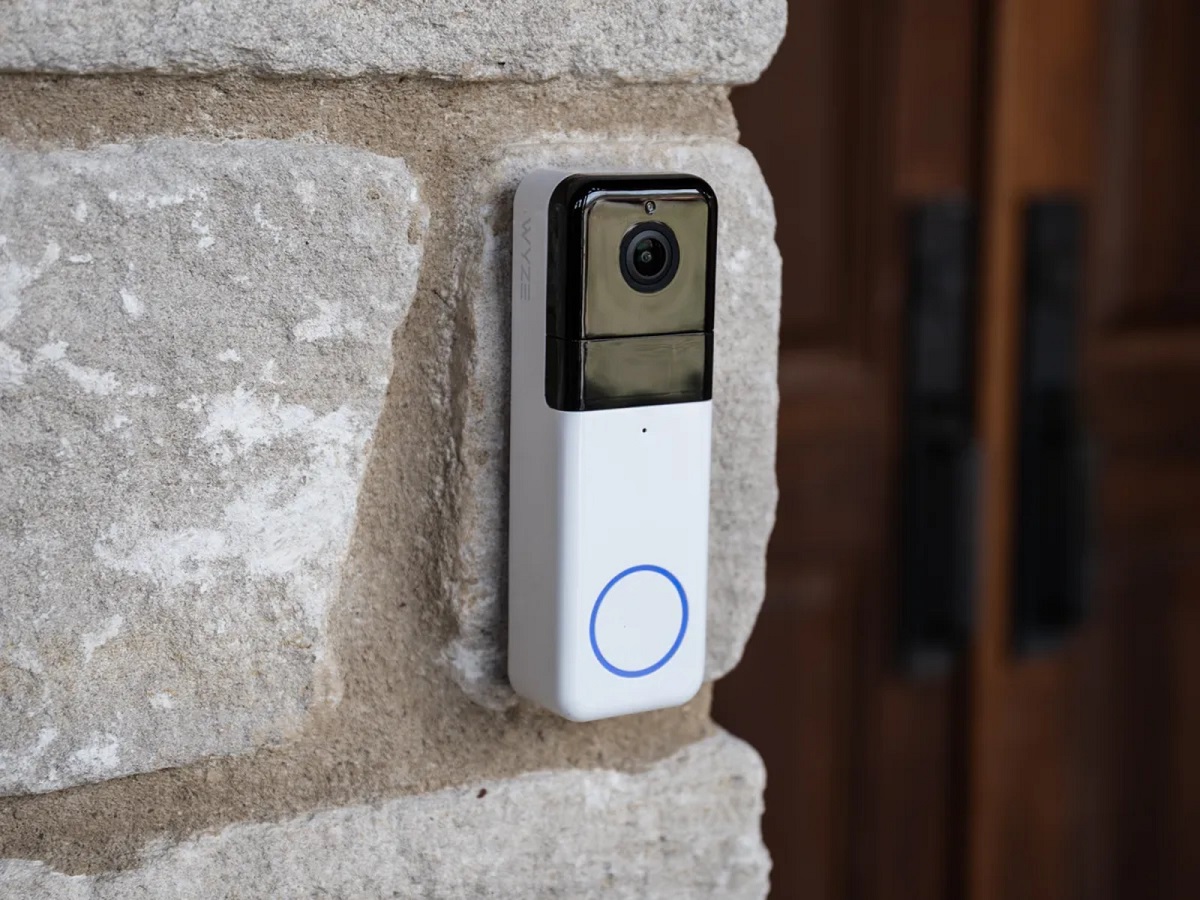



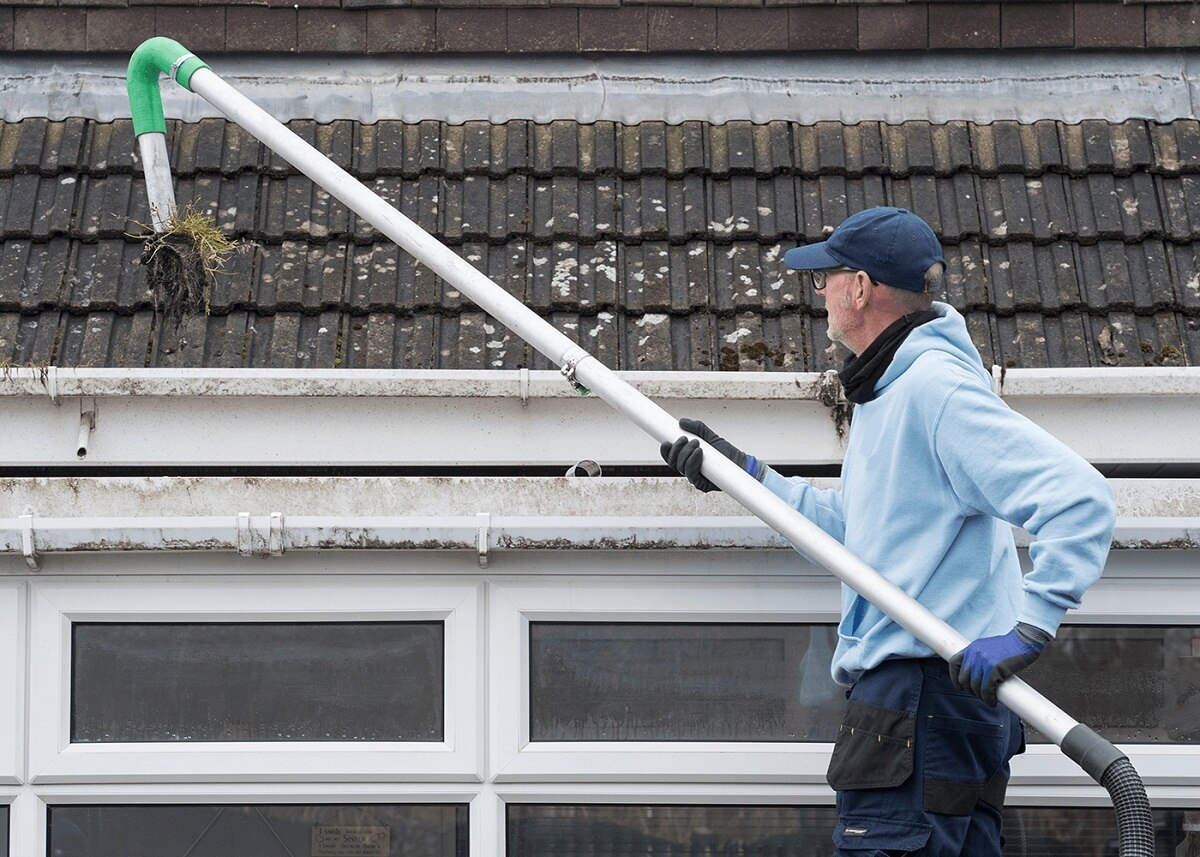


0 thoughts on “How To Design A WiFi System In A Very Large House”